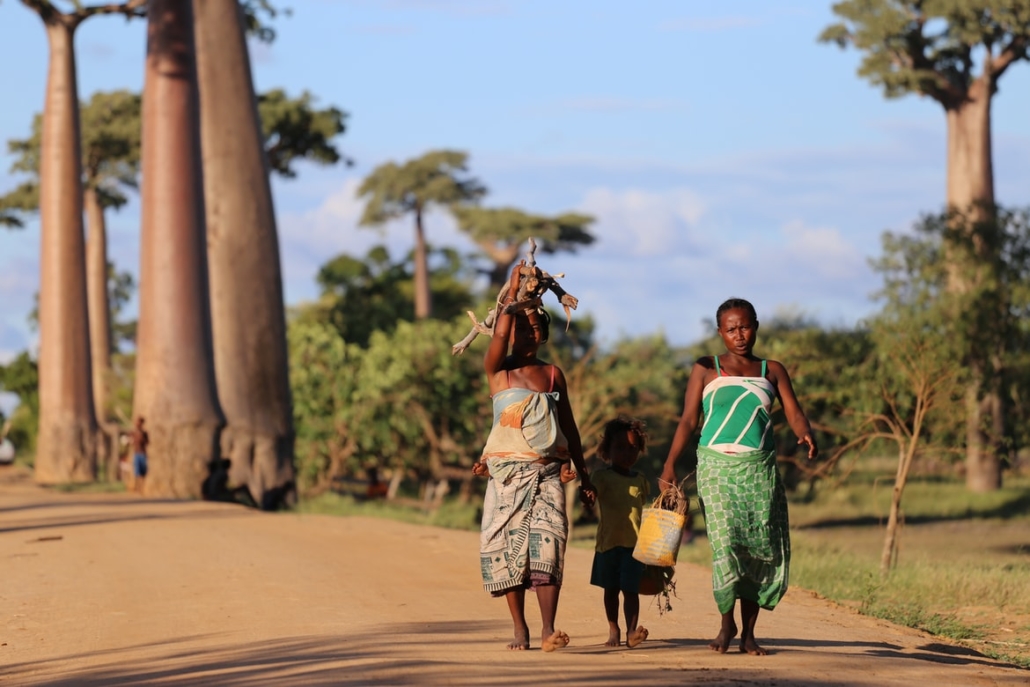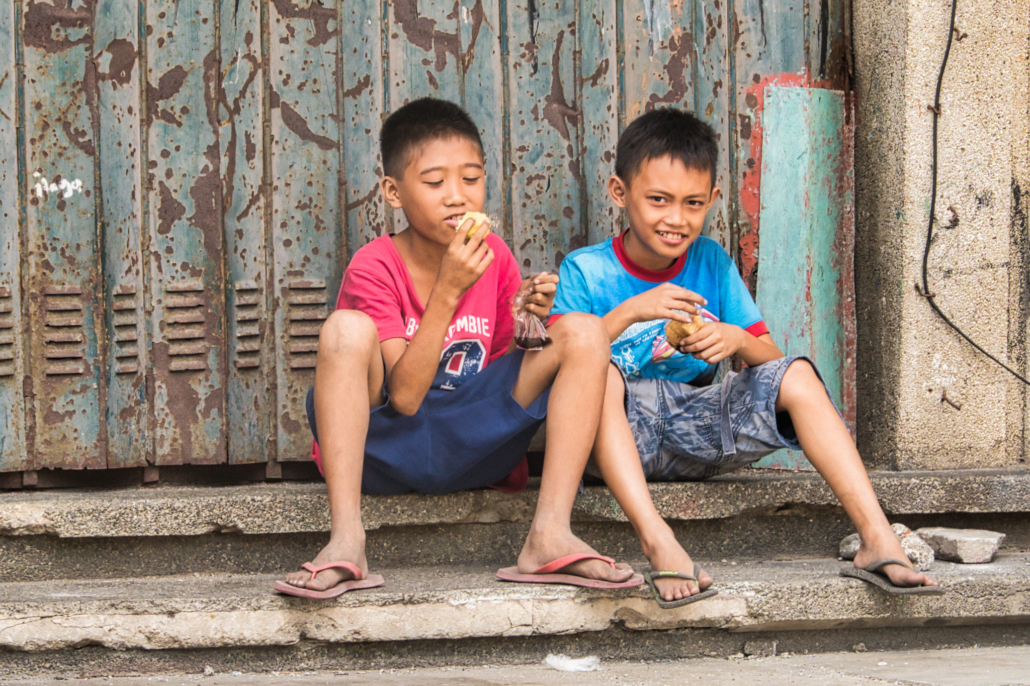
Hunger causes half of all children under the age of five to lose their lives every year, according to Penny Appeal U.S.A. Childhood hunger is an ongoing issue that millions of children experience and the issue is only worsening. Thankfully, there are organizations like Penny Appeal U.S.A. that fight childhood hunger and work to save these starving children. Its Feed Our World program provides food to children globally in more than 30 countries all over the world.
The Issue of Child Hunger
More than 3 million children die per year due to hunger and that number is only rising as factors like COVID-19 and changing weather interfere. Due to the COVID-19 pandemic, schools closed in 199 countries, which left 370 million children facing the impact of hunger. Approximately 50% of deaths among children under the age of five are due to hunger as 45 million children are currently suffering from malnutrition every year. It is notable to add that extreme hunger affects more females than males as 60% of the people in the world facing extreme hunger are women and young girls. The WFP also states that the “Inequality from early marriage and young motherhood to cultural barriers and lack of education means girls are much more likely to be malnourished, causing immediate and long-term health problems.”
Millions of children are suffering because they are unable to get access to food and the issue is only worsening. Poverty is the root cause of child hunger, families can’t even meet basic needs to survive and they must decide whether they want food or a roof to sleep under. Other factors like infectious diseases, environmental conditions and raised prices all contribute to more and more families struggling to obtain food for their children. It is safe to say that child hunger is still a detrimental issue worldwide as the Feed Our World program provides food to children globally.
Penny Appeal USA’s Feed Our World Program
Penny Appeal U.S.A. is an organization that dedicates its efforts to making communities more prosperous and sustainable. The organization states that its mission is “communities working together, supporting one another, leaving need and poverty behind for good.” Feed Our World is one of the many programs that Penny U.S.A. offers that is working to provide nutritious meals to children in countries suffering from childhood hunger. A few of the 30 countries the program works in are Afghanistan, Uganda, Nepal, Pakistan, South Africa, Syria, Yemen and Zimbabwe. In West Bank, Palestine, the program provided approximately 395,800 meals to more than 6,050 people. In 2021, more than 30,800 people received meals in 16 different countries. Along with distributing meals to various countries, essential ingredients like oils, flour, rice and dates go to communities as well.
The Feed Our World program is not the only program through this organization benefiting the world. There are numerous programs through Penny Appeal USA including Education First, Emergency Response, Heal Humanity, Income Generation and Religious Giving. The Thirst Relief program is granting safe drinking water to communities through building wells, hand pumps and water centers. Orphan Kind is a program assisting orphaned children around the world by providing shelter, health care, food and emotional and psychological support. The Feed Our World program provides food to children globally while the organization is also making a difference in a variety of areas to support people in need throughout the world.
Childhood hunger is a detrimental and long-lasting issue, but Penny Appeal U.S.A.’s Feed Our World program provides food to children globally, as well as provides other necessary resources to communities all around the globe to alleviate countries suffering from poverty.
– Dylan Olive
Photo: Flickr
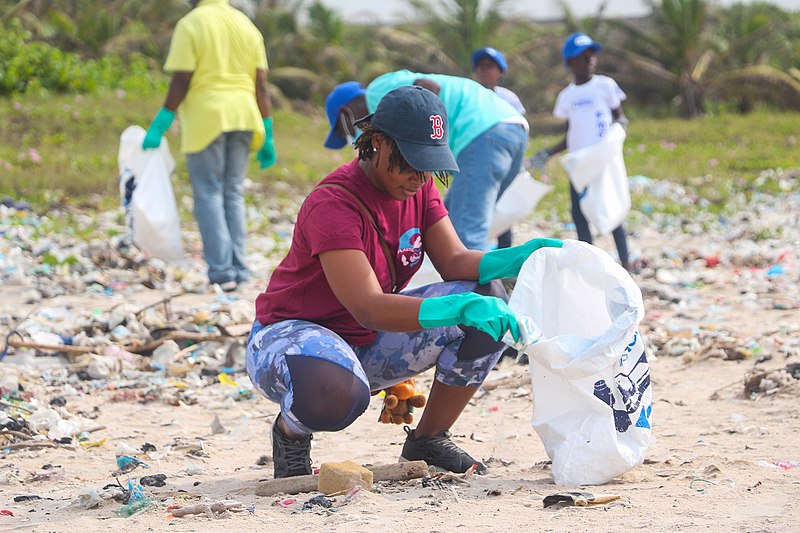

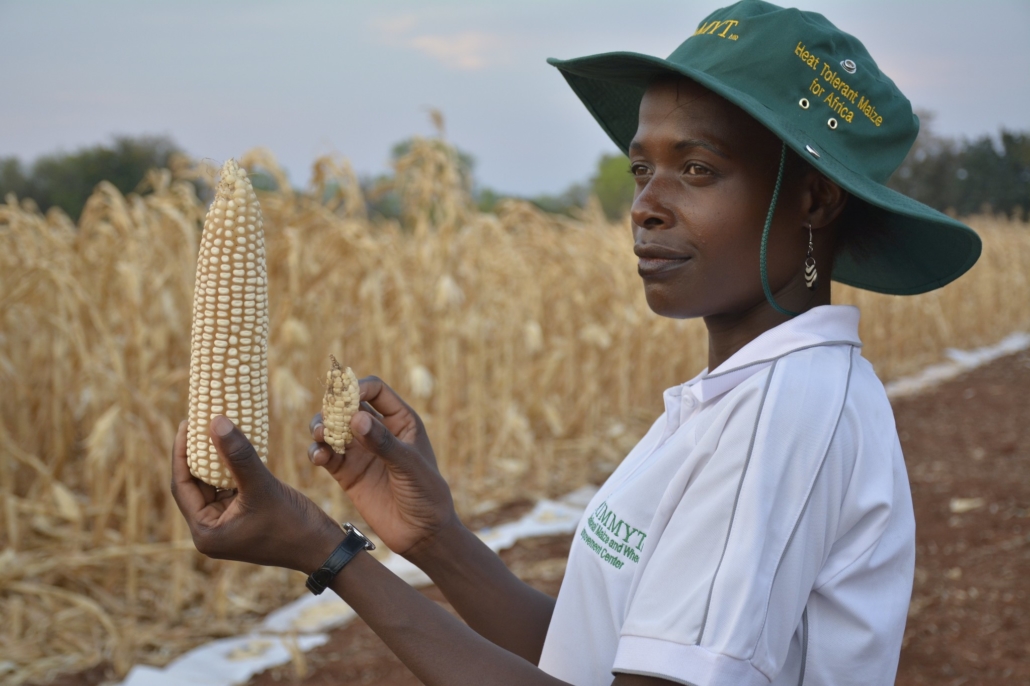
 The country of Zimbabwe has a population of 14.86 million people as of 2020. Zimbabwe’s poverty rate stood at
The country of Zimbabwe has a population of 14.86 million people as of 2020. Zimbabwe’s poverty rate stood at 
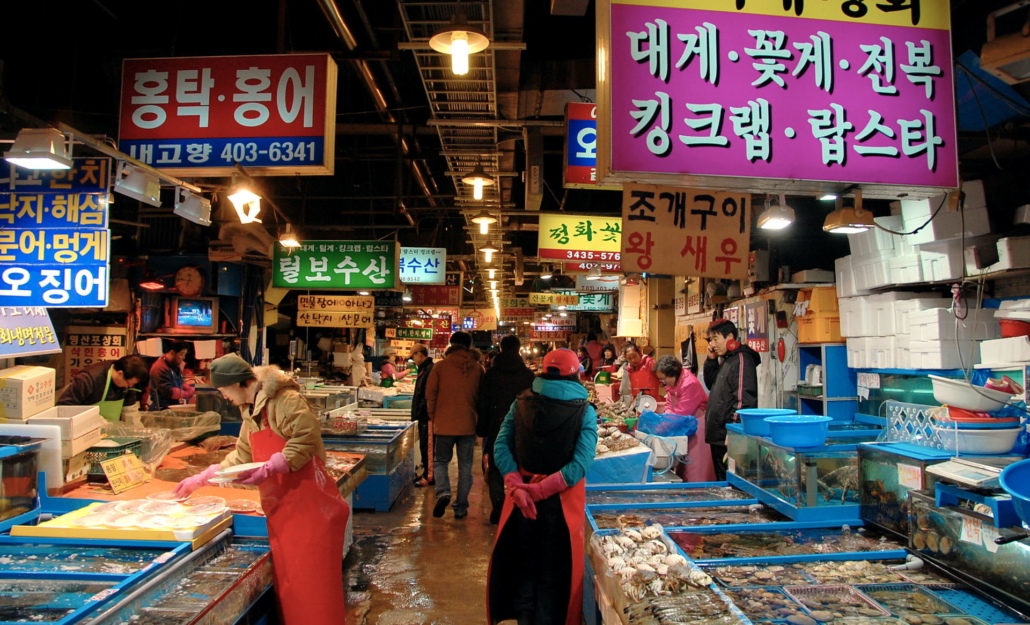
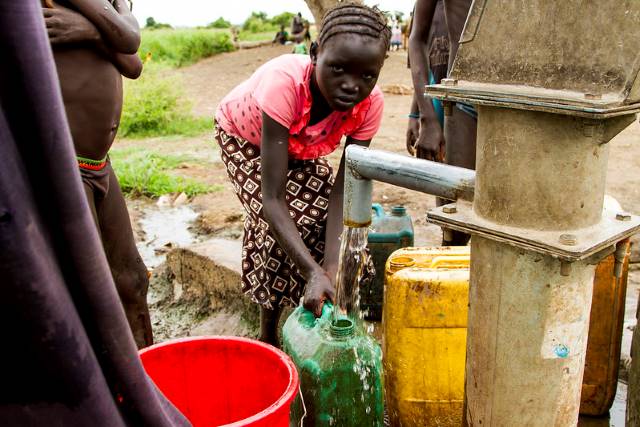 In South Sudan, poverty and food insecurity are prevalent despite the country’s abundance of natural resources. Challenges include civil wars and prolonged violence. These challenges contribute to a significant number of people living below the poverty line within the nation. Several facts about South Sudan provide insight into the country’s economic and social landscape.
In South Sudan, poverty and food insecurity are prevalent despite the country’s abundance of natural resources. Challenges include civil wars and prolonged violence. These challenges contribute to a significant number of people living below the poverty line within the nation. Several facts about South Sudan provide insight into the country’s economic and social landscape.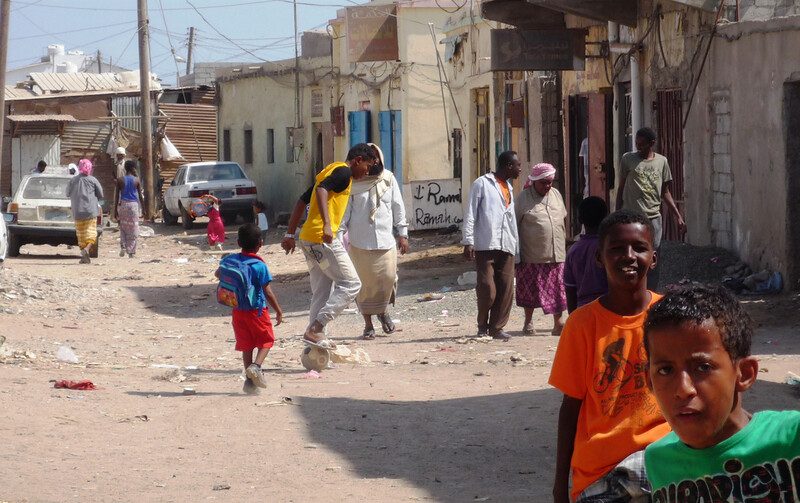 Since 2014, the
Since 2014, the